Unique creations: What plush cows look like and reasons of bred?
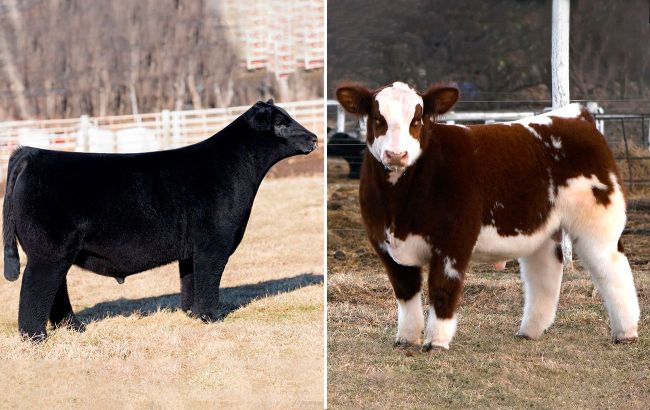 Incredible creatures (collage: RBC-Ukraine)
Incredible creatures (collage: RBC-Ukraine)
Have you ever thought that cows could be plush and practically domesticated animals? American farmers prove that, with careful wool care of a certain breed of cows, they can turn into real sunshines.
Here's what is known about plush cows and their care.
In preparing the material, the following sources were used: Matt Lautner Cattle, Wikipedia, Junk Store, Poradum.com.
The most popular long-haired breed
One of the most popular long-haired cattle breeds in the world is the Highland cattle.
It is also known as the Scottish Highland cattle, as it originated in Scotland, specifically in the Northern Scottish Highlands and the Outer Hebrides.
These animals have long, wavy fur of various colors, including black, speckled, red, yellow, and dun, and they typically have large horns.
The coat of Highland cattle consists of two layers: long, coarse outer hair and soft undercoat, which serves an insulating function. It is considered longer than that of any other cattle breed.
They are primarily bred for meat production.

These animals can survive in the harshest conditions (photo: Wikipedia)
Plush cows
According to intelligence, the so-called plush breed of cows is unique in that it has a dense coat covering not only the body but also the legs. The fur is soft and tender to the touch, resembling plush, and some even compare it to alpaca wool.
This breed was first introduced on Matt Lautner's farm in the U.S. state of Iowa.
Matt Lautner worked for over twenty years on the breeding and improvement of these unique cows. In 2011, their photos gained widespread popularity on social media. The hashtag #fluffycow even became popular on Twitter.
Within a few years, in 2013, Lautner's bull named Texas Tornado took first place at an annual fair.
Over time, the farmer, who previously mainly dealt with meat breeds, transitioned to raising and selling decorative fluffy cows.

Every year on the farm's website, they present various cows (screenshot: Matt Lautner Cattle)
They can have different colors and shades (black, black and white, red-brown, or light brown). They reach a height of 135 cm at the withers, with a body weight ranging from 550 to 800 kg.
These cows have a small head on a short neck, and they are hornless. The body is broad (rectangular) with rounded sides. The withers smoothly transitions into a straight back, the hindquarters of which are slightly elevated. The tail of plush cows is long and ends in a hairy brush.
The udder of these cows is not intended for milking (calves are only fed with it). They are not purchased for meat either because they are relatively expensive and look more like a toy.
At the same time, officially, breeders do not recognize the plush breed, considering it a crossbreed.
Some emphasize that Lautner did not create a separate breed, and the beauty of his cows actually depends on a special process of washing, trimming, and styling the wool of individuals of various breeds (such as Aberdeen Angus, Hereford, Highland, etc.).
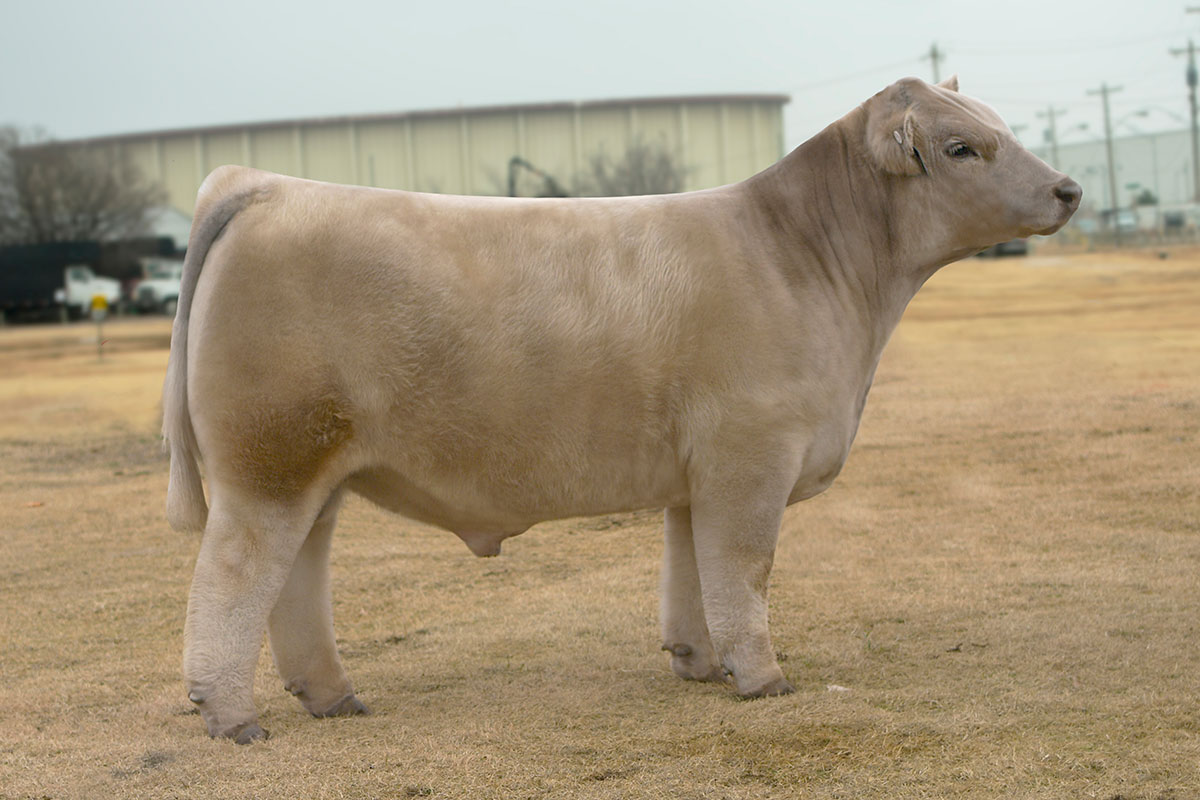
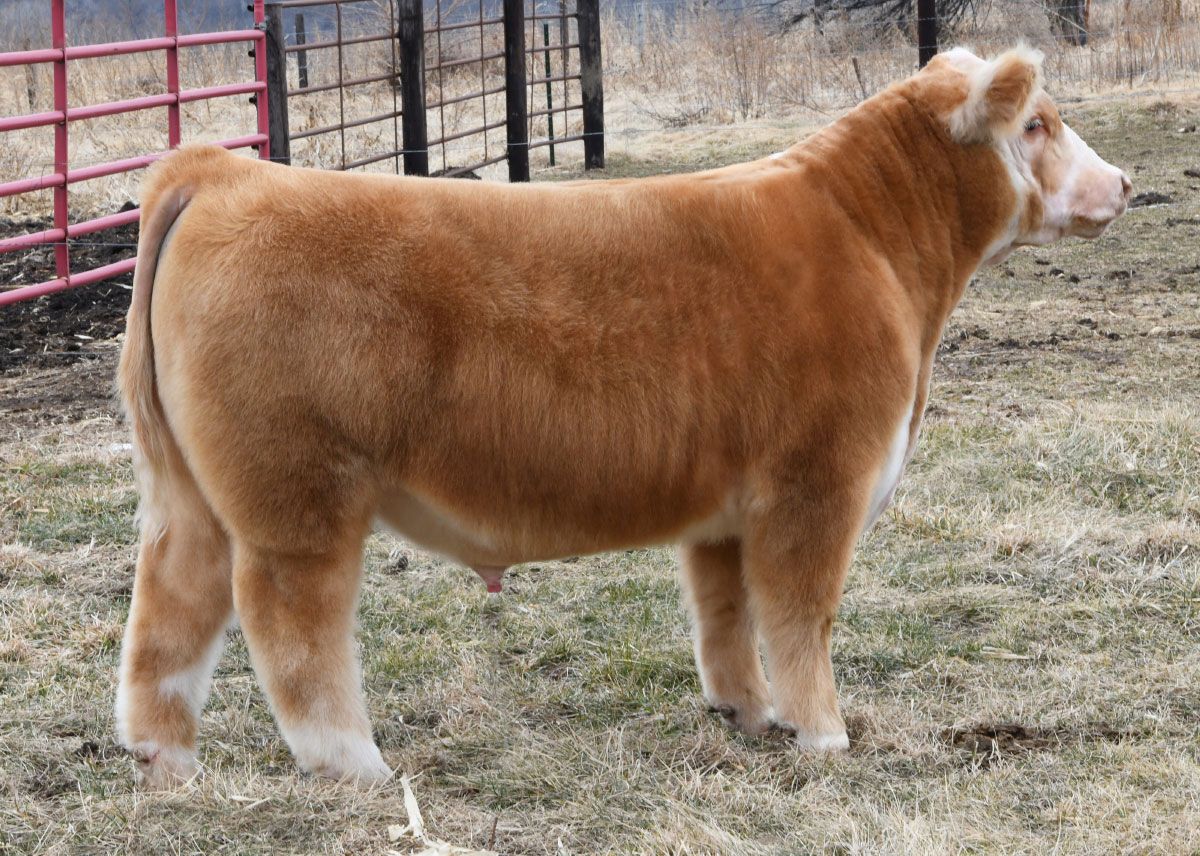
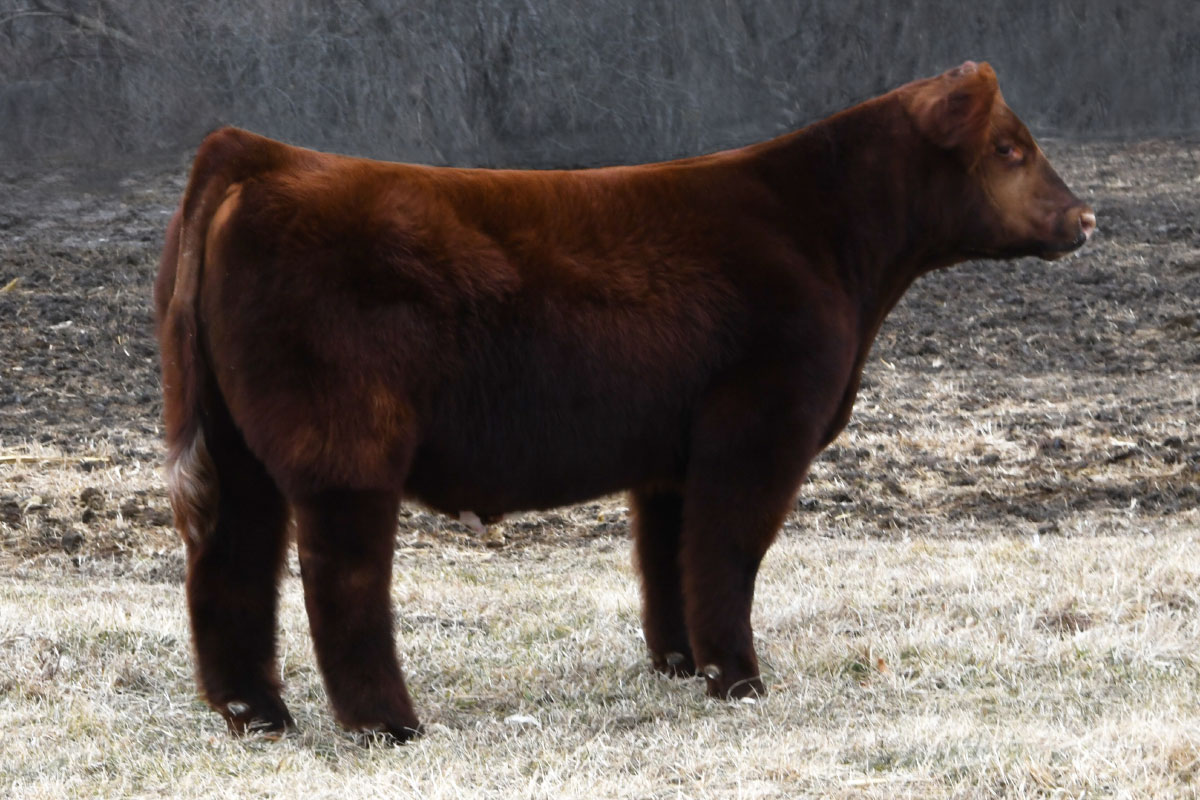

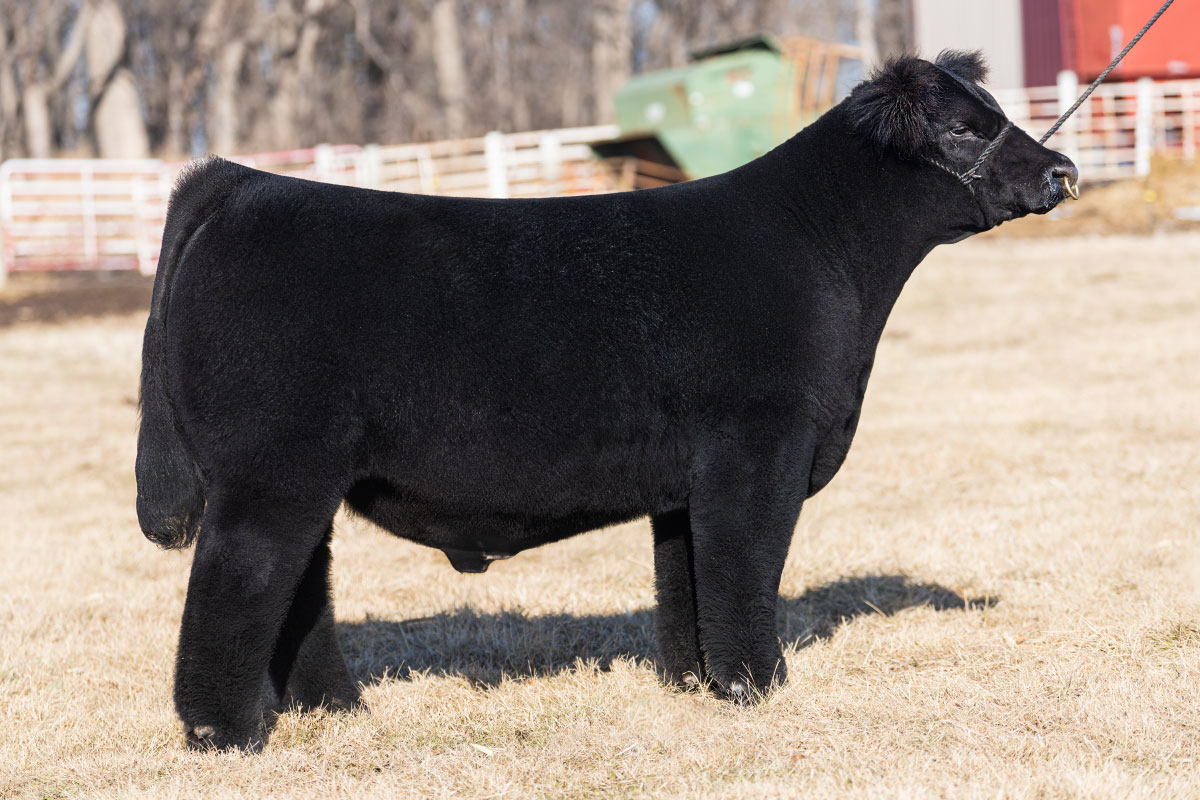
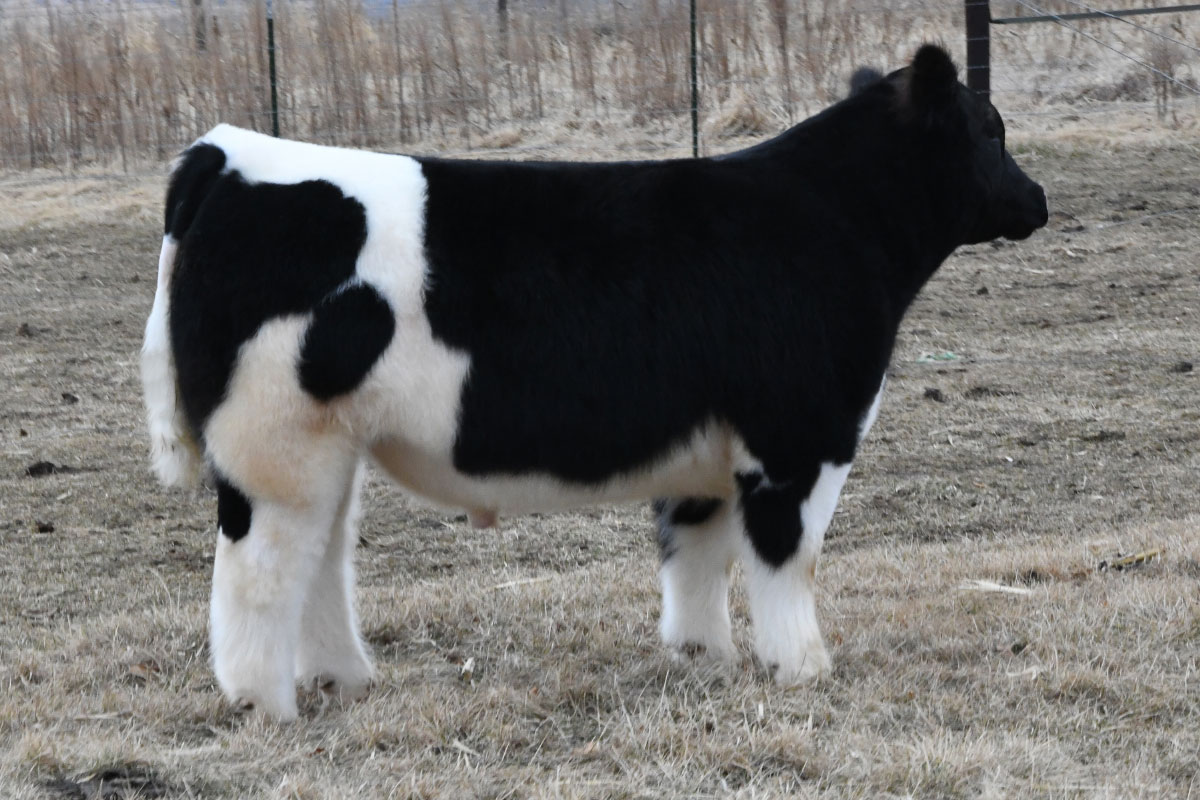
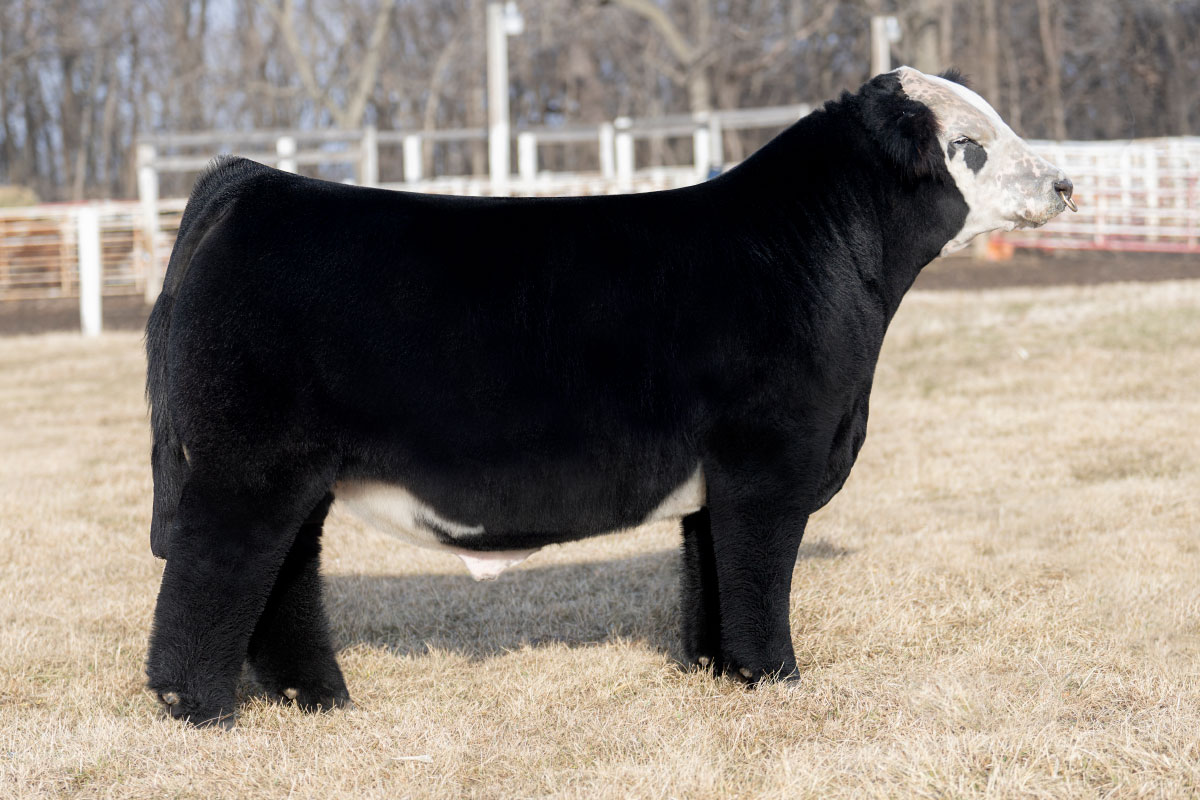
These cows can have various colors (photo: Matt Lautner Cattle)
Caring for decorative animals
According to farmers, plush cows have a special diet from a very young age. Proper nutrition makes their fur softer and fluffier.
Additionally, the hair coat of these animals requires comprehensive hairdressing care.
To ensure that the fur of plush cows is easily combed, does not stick out in patches, and does not mat, farm workers use specially selected combs with attachments and brushes. When needed, they trim the hair to prevent it from becoming too long.
Special sprays, balms, oils, styling gels, and other products are also applied to the fur. Some even use wraps made of neoprene material to enhance the care process.
Washing such cows is required almost weekly, and on the eve of a show, it's done daily. After washing, their fur needs to be dried using a special hairdryer to maintain its shape.
According to Lautner, before the exhibition, these animals spend a day in the salon, using hair sprays, oils, clippers for trimming, styling, and fluffing the hair.
However, in the summer, these cows may not look as stunning as they do in winter because they typically shed their fur in the warmer season.
The cost of a plush calf can start at an average of $5,000 and exceed $20,000.
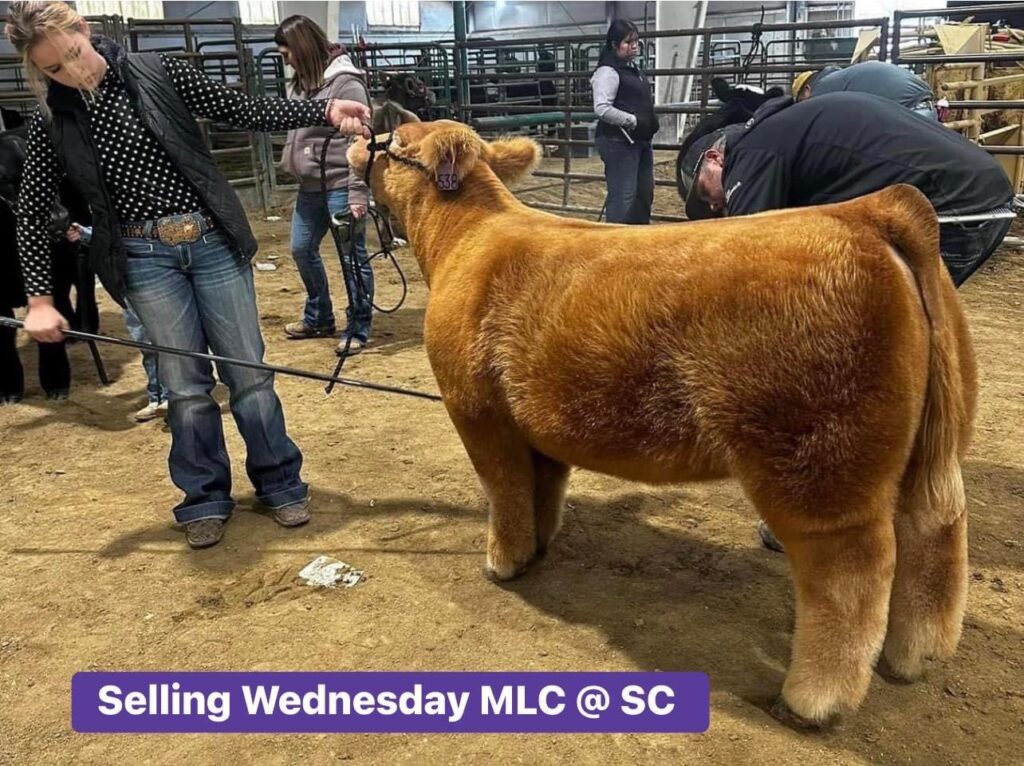
The sales process (photo: Matt Lautner Cattle)
@mattlautnercattle No Guts No Glory x MAB Steer @ Laramie Priest March 3, 2023 Sale
original sound - nostalgia central

